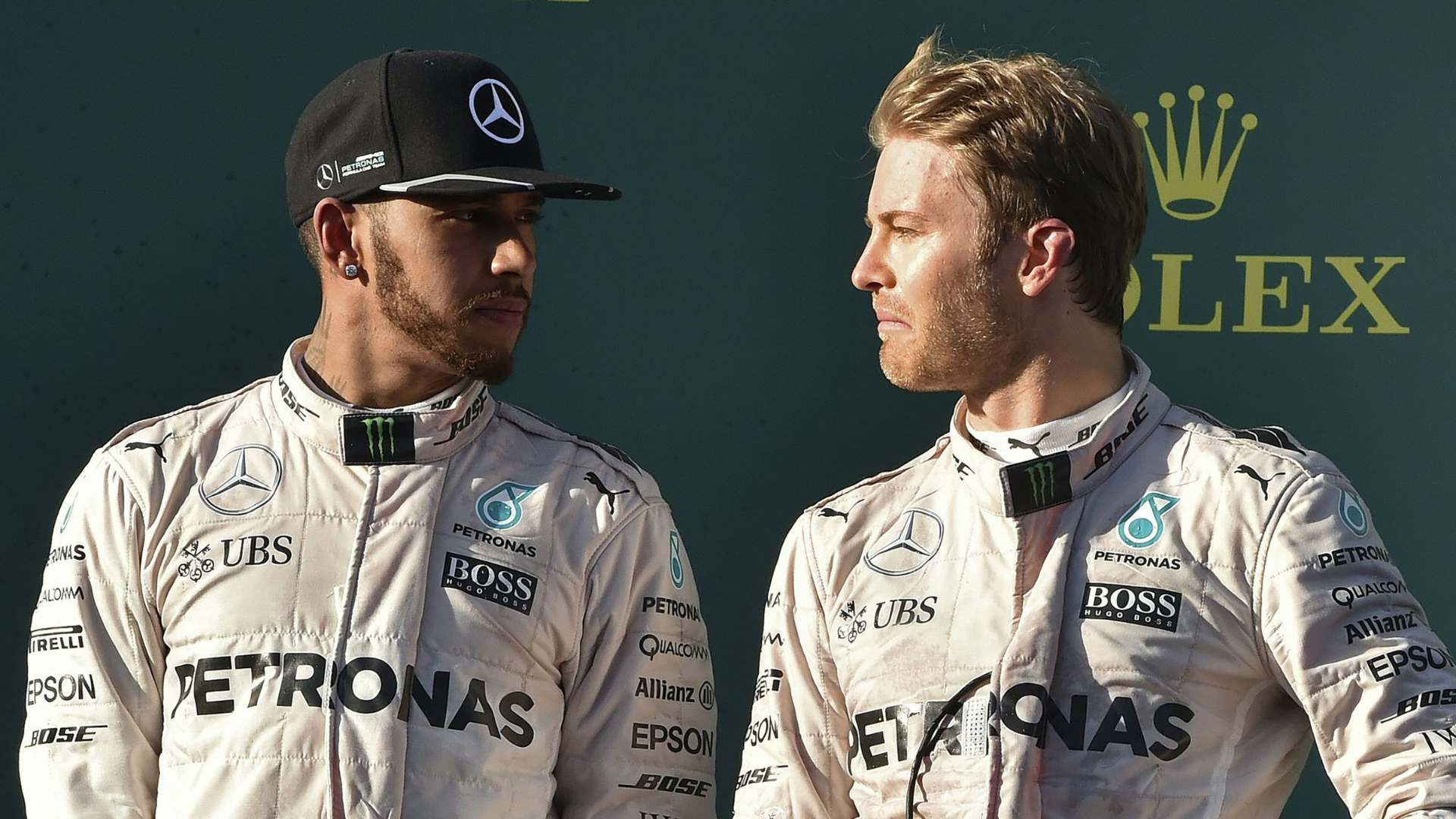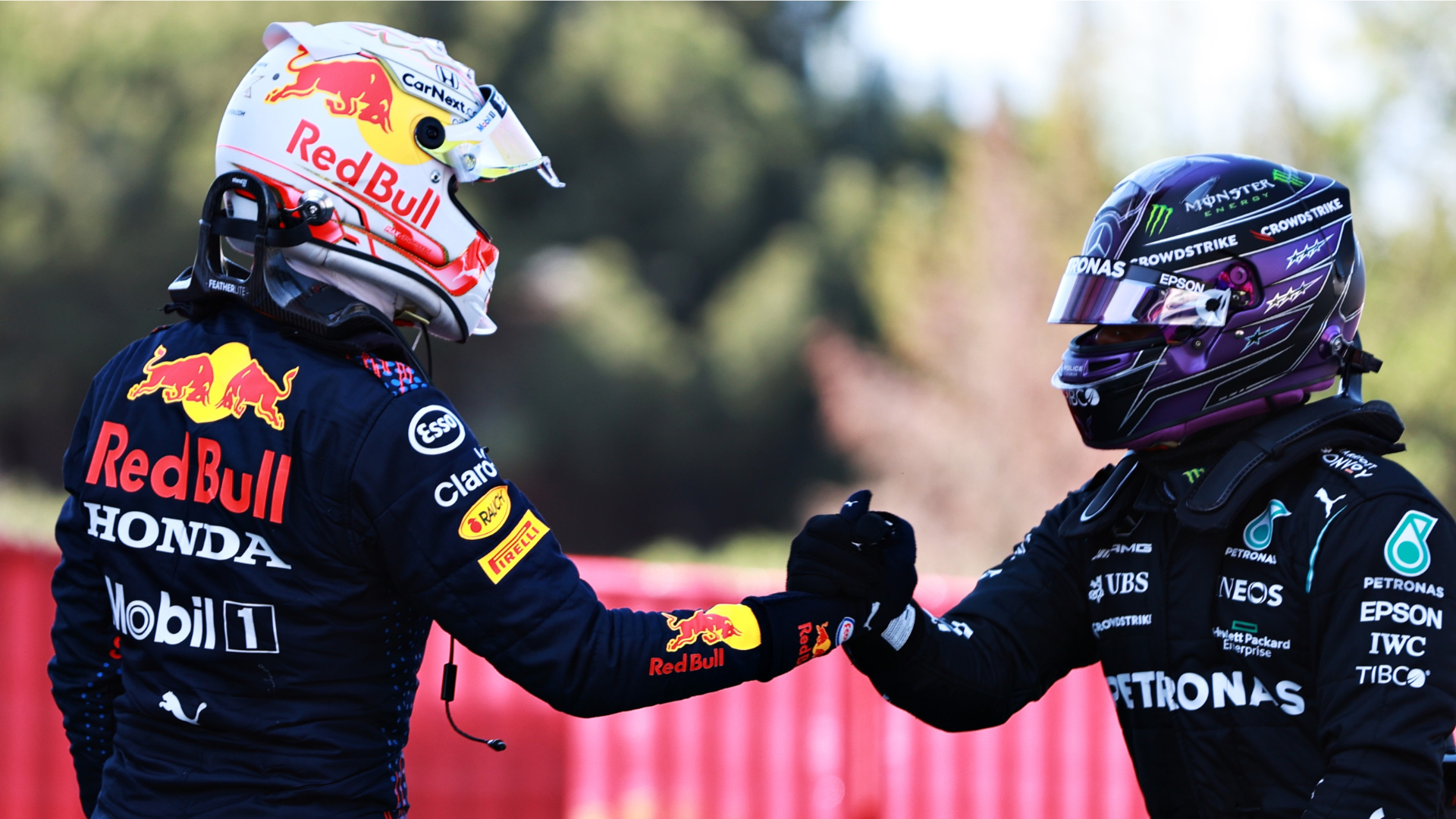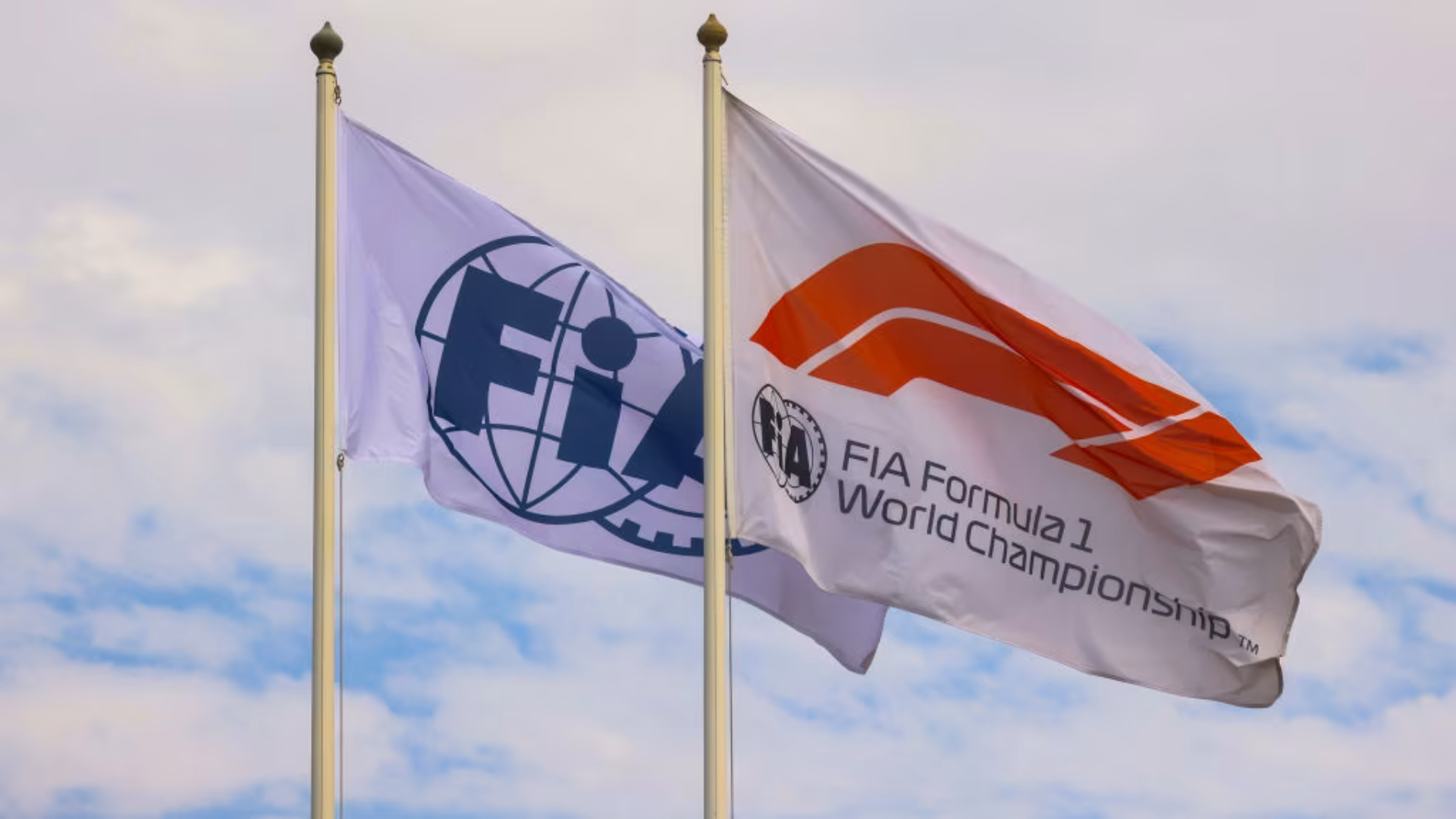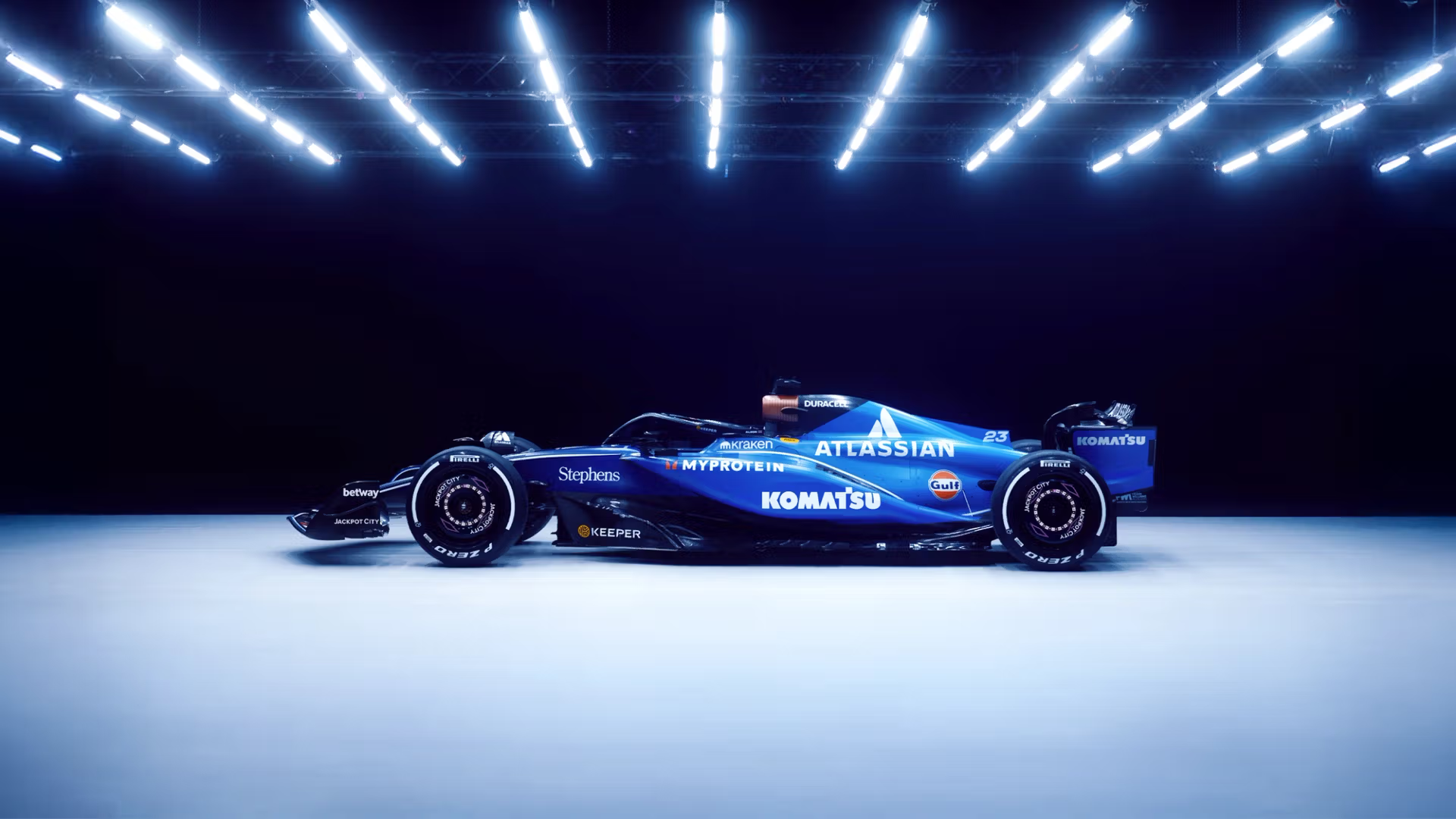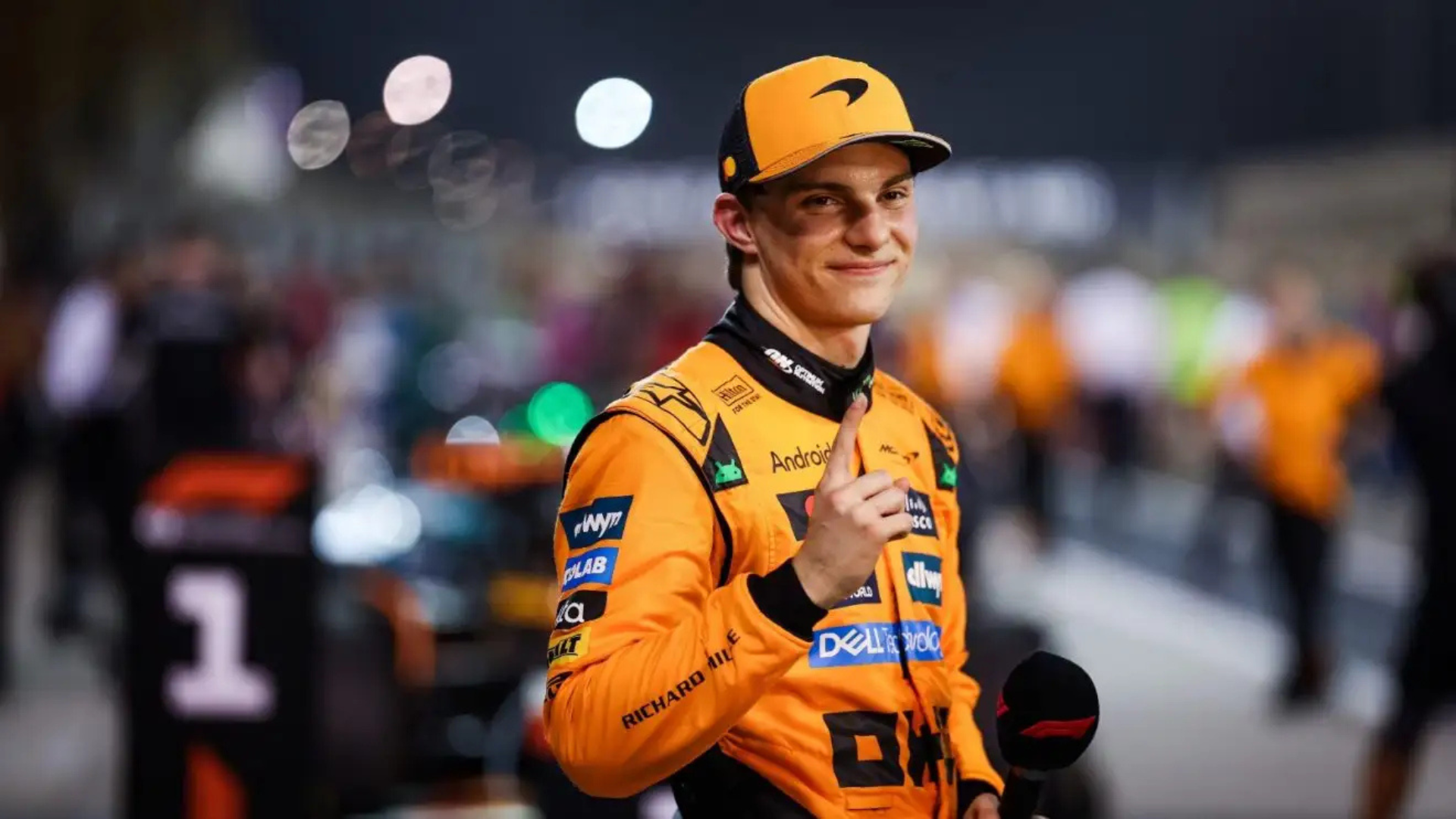Red Bull Junior Team: Forging Champions and Dominating the F1 Grid
Picture: Samo Vidic/ Red Bull Content Pool
When discussing the most impactful driver development programs in F1 history, one name consistently rises to the top: the Red Bull Junior Team. Arguably the most successful of its kind in the modern era, and perhaps even all time, this initiative has consistently nurtured exceptional talent, leaving an indelible mark on the sport. The sheer number of Grand Prix winners and World Champions it has produced speaks volumes about its effectiveness and influence.
A Legacy of Champions: The Notable Alumni
Looking at the current Formula 1 landscape, the impact of the Red Bull Academy Team is undeniable. A staggering proportion of the 2025 grid – almost half, in fact – can trace their journey back to this very program. Names like the reigning World Champion Max Verstappen, the consistent Carlos Sainz, the experienced Daniel Ricciardo, the four-time World Champion Sebastian Vettel, and the rapid Pierre Gasly all honed their skills and proved their mettle under the Red Bull banner. This impressive list underscores the program’s remarkable ability to identify and cultivate future stars of the sport. Adding to this impressive alumni are Yuki Tsunoda, Isack Hadjar, Liam Lawson, Jack Doohan, and Alexander Albon, all of whom have also benefited from the rigorous training and opportunities provided by the Red Bull system.
The Mechanics of Development: Funding and Experience
The Red Bull Junior Team operates as a comprehensive driver development program, providing promising young racers with crucial funding and invaluable on-track experience across various junior categories. This financial backing alleviates a significant burden for aspiring drivers and their families, allowing them to focus solely on their performance. Furthermore, the program strategically places drivers in competitive environments, providing them with the necessary mileage and exposure to develop their racecraft and understanding of high-pressure situations.
The Driving Force: Helmut Marko’s Influence

Picture: IMAGO
Overseeing this formidable talent pipeline is Red Bull’s influential advisor, Dr. Helmut Marko. His keen eye for talent and no-nonsense approach have been instrumental in the program’s sustained success. Marko’s direct involvement ensures that drivers are constantly evaluated and pushed to their limits, fostering a culture of high performance and accountability. His decisions regarding driver placement and progression carry significant weight within the Red Bull motorsport structure.
The Path to F1: Racing Bulls as a Stepping Stone
The common pathway for exceptional talents aspiring to reach Formula 1 often involves a crucial step into Red Bull’s sister team, currently known as Racing Bulls (formerly Toro Rosso and AlphaTauri). This team serves as a vital proving ground for graduates of the Red Bull Academy Team. Drivers who demonstrate consistent high performance and the potential for further growth within Racing Bulls are then considered for promotion to the coveted seats within the main Red Bull Racing team. This internal ladder provides a clear incentive and a tangible goal for young drivers within the Red Bull system.
A Foundation in Motorsport: Milton Keynes Headquarters
Established in 2001, the Red Bull Junior Team has been strategically headquartered in Milton Keynes, UK, a hub for many Formula 1 teams and related motorsport industries. This location provides easy access to resources, expertise, and the competitive environment necessary for developing top-tier racing talent. The program’s longevity and consistent output of high-caliber drivers are a testament to its well-structured approach and enduring vision.
The Next Generation: F2 Prospects and F1 Opportunities
Looking ahead, the Red Bull Academy Team continues to invest in the next generation of racing stars. In the 2025 Formula 2 season, they will have three promising talents competing: Oliver Goethe, Pepe Martí, and Arvid Lindblad. Their progress in this highly competitive feeder series will be closely monitored, with the potential for future progression within the Red Bull system always a possibility. Furthermore, the recent participation of Ayumu Iwasa in a Formula 1 free practice session (FP1) in Bahrain highlights the opportunities that can arise for drivers within the Red Bull ecosystem, even if their current racing commitments lie elsewhere, such as Iwasa’s participation in the Super Formula Championship.
The Secret to Success: A Two-Team Advantage
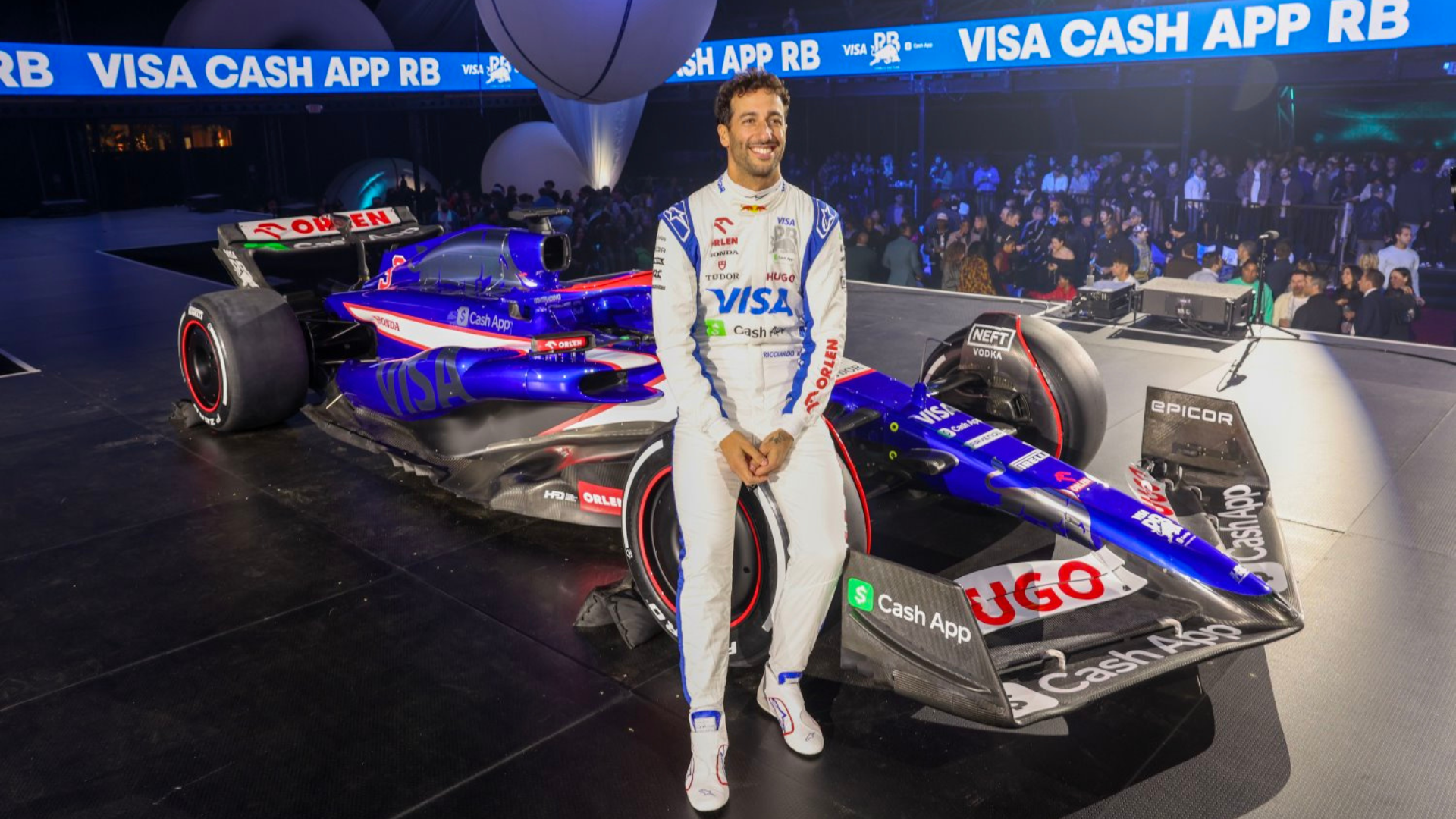
Picture: Getty Images/ Red Bull Content Pool
The remarkable success of the Red Bull Junior Team can be attributed to a multitude of factors. One significant advantage is undoubtedly Red Bull’s unique ownership structure, which includes two Formula 1 teams. The existence of the sister team, Racing Bulls, is specifically designed to nurture and develop drivers for the main Red Bull Racing outfit. This provides a crucial intermediate step, allowing young drivers to gain valuable Formula 1 experience and prove their capabilities in a high-pressure environment without the immediate expectation of challenging for championships. This internal mobility and clear pathway for progression are unparalleled in the world of Formula 1 driver development.
Beyond Structure: Rigor and Opportunity
Beyond the structural advantages, the program’s rigorous selection process, comprehensive training regimes, and unwavering commitment to providing opportunities are key contributors to its success. The Red Bull Academy Team scouts globally for the most promising young talents, often identifying and supporting them at a very early stage in their careers. They are then immersed in a demanding environment that focuses on all aspects of a professional racing driver, including on-track performance, physical fitness, media training, and sponsor relations.
Conclusion: A Lasting Impact on Formula 1
In conclusion, the Red Bull Junior Team has established itself as the gold standard in Formula 1 driver development. Its impressive list of alumni, including multiple World Champions and consistent race winners, speaks volumes about its effectiveness. The strategic advantage of having a sister team like Racing Bulls to bridge the gap to the main Red Bull Racing outfit, coupled with a rigorous and comprehensive development program overseen by the experienced Helmut Marko, has created a winning formula that continues to shape the future of Formula 1. As the 2025 season unfolds, the presence of numerous Red Bull Academy Team graduates on the grid serves as a powerful reminder of the enduring legacy and continued influence of this remarkable driver development program.
Circuitalks.com is an F1 blog dedicated to delivering in-depth analysis, breaking news, and exclusive insights into the world of Formula 1. Focused on providing a comprehensive perspective for passionate F1 fans globally, Circuitalks.com covers everything from race weekends and driver performances to technical developments and behind-the-scenes stories. We strive to connect F1 enthusiasts with the latest information and engaging content.
Recent Posts
-
Potential Drivers for the 2026 Cadillac F1 Team
-
F1 Rivalries Series: Hamilton vs Rosberg Recap
-
F1 Rivalries Series: Verstappen vs Hamilton Recap
-
Greatest F1 Rivalries of All Time
-
Oscar Piastri: The Future F1 World Champion?
-
The Evolution of the F1 Points System
-
Williams Racing: Forging a New Era
-
Jeddah Grand Prix: Piastri Continues to Impress


